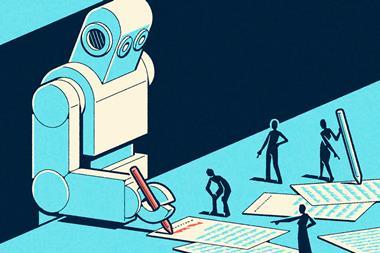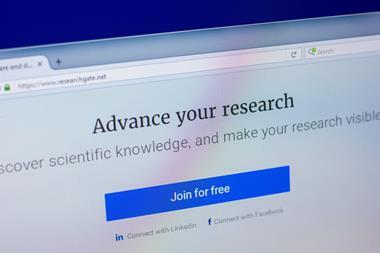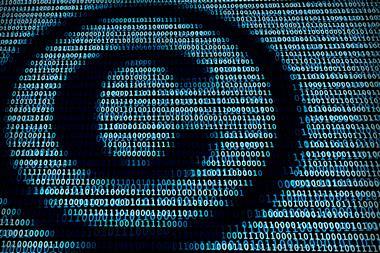More than 9000 studies published in open-access journals may contain figures published under the wrong copyright licence.
These open-access journals publish content under the CC-BY copyright licence, which means that anyone can copy, distribute or transmit that work including for commercial purposes as long as the original creator is credited.
All the 9000+ studies contain figures created using the commercial scientific illustration service BioRender, which should technically mean that these are also available for free reuse. But that doesn’t appear to be the case.
When Simon Dürr, a computational enzymologist at the Swiss Federal Institute of Technology Lausanne in Switzerland, reached out to BioRender to ask if two figures produced using BioRender by the authors of both studies were free to reuse, he was told that they weren’t. The company said it would approach both journals and ask them to issue corrections.
Dürr runs an open-source, free-to-use competitor to BioRender called BioIcons and wanted to host figures produced using BioRender that were published in open access journals because he thought they would be free to use. According to Dürr, he followed up with BioRender near the end of 2023, flagging a total of 9277 academic papers published under the CC-BY copyright licence but never heard back on their copyright status. In total, Dürr says he found 12,059 papers if one includes other copyright licences that restrict commercial use or have other similar conditions.
Dürr also flagged the problem to several academic publishers whose journals published articles containing illustrations produced using BioRender. Most are yet to take action, he says, but the journal eLife has introduced a policy that if a paper contains a BioRender image, they will clearly indicate that the illustration has a different copyright licence to the rest of the paper.
In recent months, academics have used social media to express concerns about BioRender’s copyright policies. Michael Baym, a biologist at Harvard Medical School in Boston, Massachusetts, noted on X, formerly Twitter, that BioRender is the ‘only tool that requires acknowledgement in every figure’ and ‘require the first author to buy a licence regardless of who made the figure’. He went on to add that they ‘insist on this even if you heavily edit the images’.
‘Time to ditch @BioRender?’ wrote Will Ratcliff, an evolutionary biologist at Georgia Tech University in Atlanta on X. ‘I had no idea they were claiming copyright to the figures we make with it, even after we pay for use of the service.’
A representative for BioRender said the company would not be able to answer questions by press time but pointed Chemistry World to its policy, noting: ‘We do not claim ownership of completed figures on the platform, simply that we are looking to maintain our rights to our library icons and templates.’
In September, BioRender tweaked its copyright policy in a bid to address the concerns. But Dürr is not convinced the policy is sufficient. ‘CC-BY allows anyone to reproduce a work for any purpose if attributed correctly,’ he says. ‘However, BioRender says a CC-BY figure can only be reused for publications if people pay BioRender.’
Adam Claridge-Chang, a neuroscientist at the Duke-NUS Medical School in Singapore, says there’s just ‘enough doubt’ in regards to copyright-related issues that prompts him to use local artists to draw complicated figures instead.
If the figure is simple enough, he or his colleagues draw it themselves. If it’s difficult he instead hires an artist, which Claridge-Chang says usually comes to around the same amount of money that BioRender charges. The benefit of that approach, he notes, is that he gains the copyright for these figures, which he can post on Dürr’s site, BioIcons, so researchers can reuse them for free in future.












No comments yet